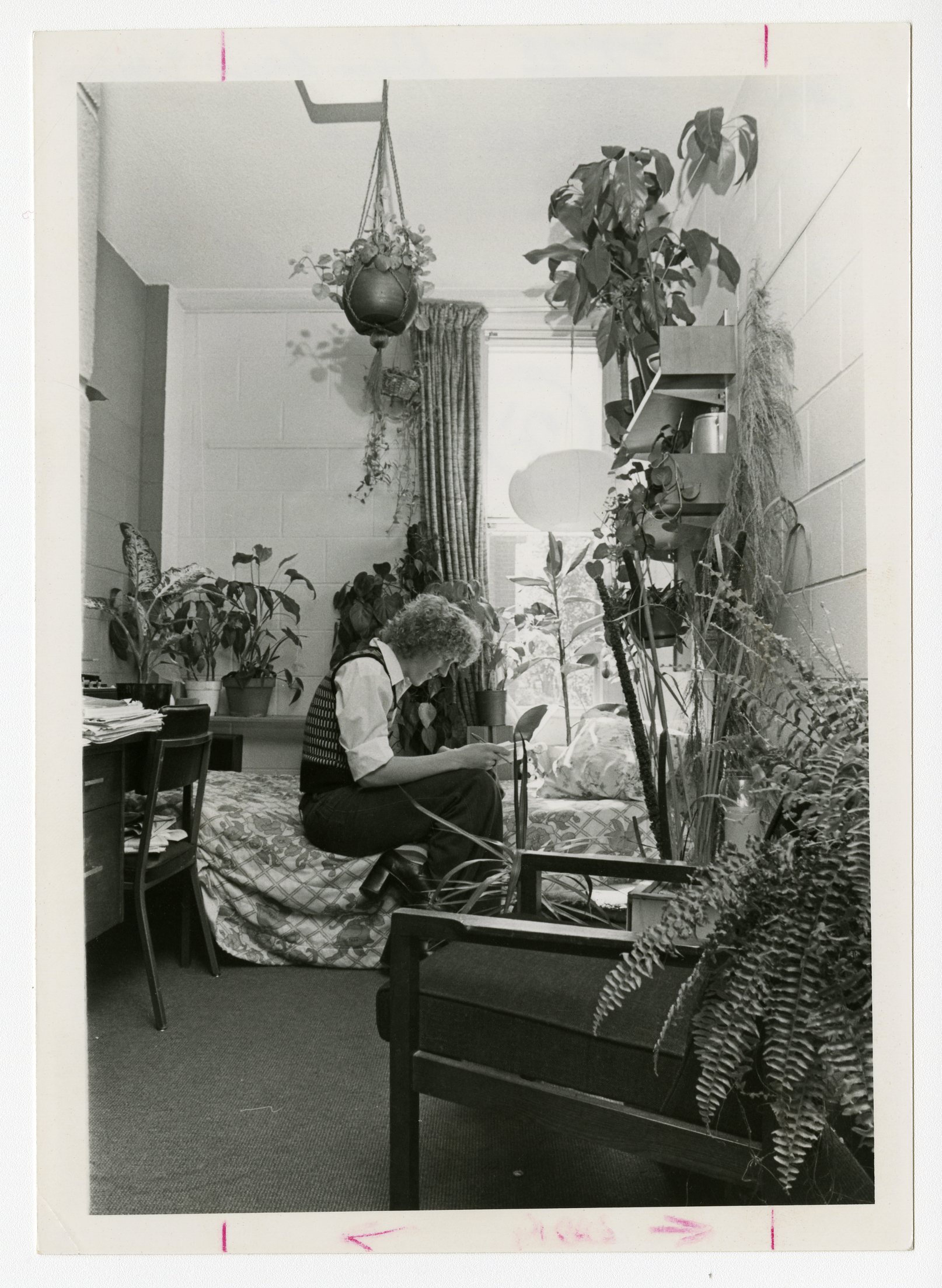Introduction

In her book exploring the history of student housing in the United States, art historian Carla Yanni argues that “the architecture of dormitories has participated in the establishment of the essential norms of American life.”1 At American colleges, dormitories have served as a way to educate young adults about how to live with one another before they go out into the real world. At Macalester, dorms and the rules implemented within their walls have shaped how students sleep, eat, party, and build relationships. In particular, the design and operation of dorms at Macalester has consistently centered around the college’s philosophy of gender and sexuality. Originally, the college hoped to instill students with traditional gender roles through strict rules and separation by sex. Over time, as national attitudes changed and students challenged these rules, Macalester’s philosophy on student housing has moved away from its reliance on a binary understanding of gender— but not without challenges and missteps along the way.
-
Yanni, Living On Campus, 1. ↩